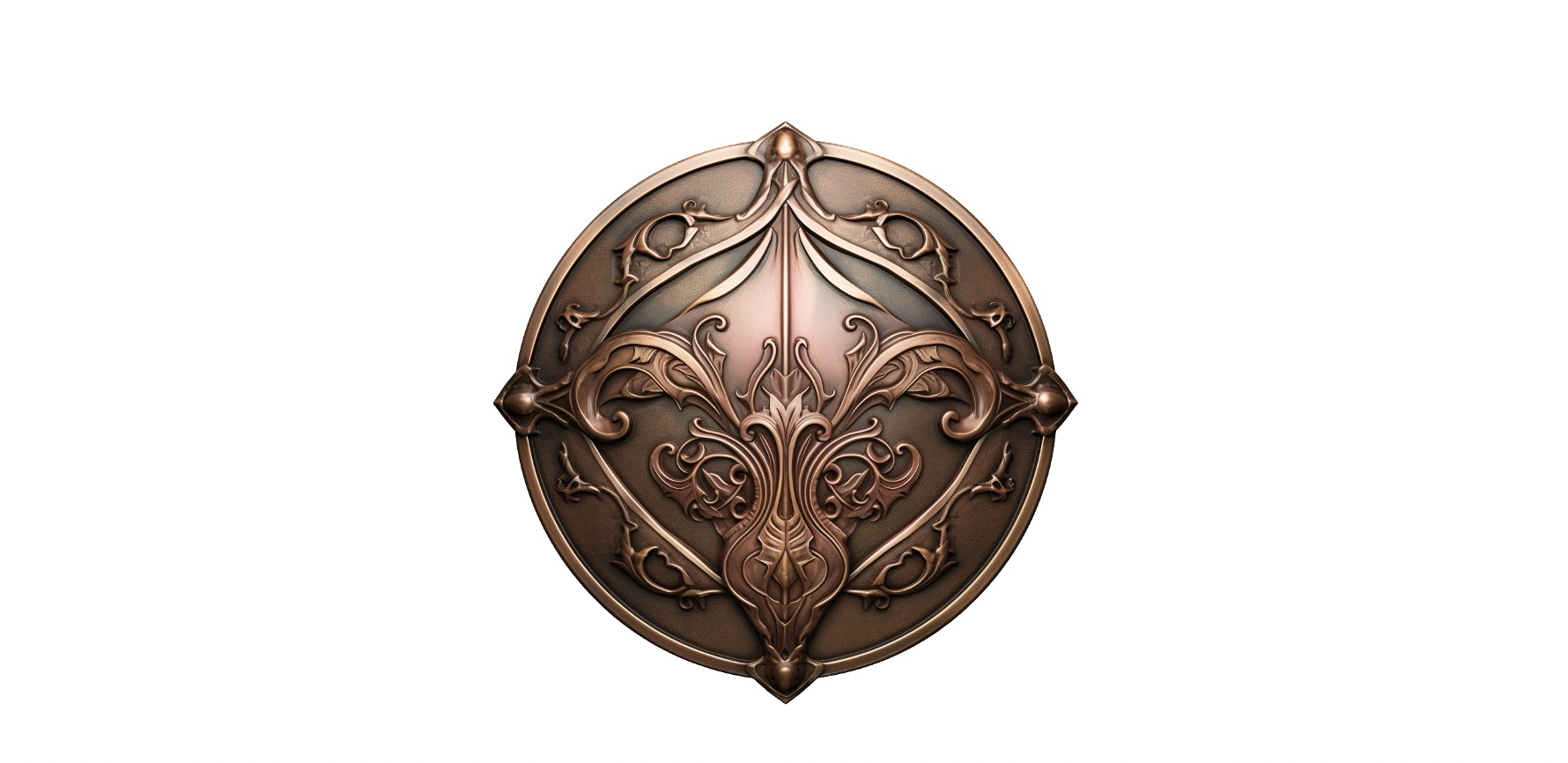A decade ago, the promulgation of the Regulations relating to the Artificial Fertilisation of Persons marked a significant moment in South African reproductive law history. Regulation 18, in particular, introduces a scheme of ownership in reproductive material, such as sperm, eggs, and embryos. But can this ownership, once acquired, be transferred? I explore the complexities surrounding this question in this article in our country’s premiere law journal — the South African Law Journal. Here is a summary:
Ownership, in legal terms, is a bundle of rights encompassing the power to use, enjoy, consume, possess, dispose, reclaim, and resist any unlawful invasion of the object. But how is ownership acquired? South African law divides the acquisition of ownership into original and derivative forms. Derivative acquisition, where ownership is transferred from one party to another, is common in daily transactions. Original acquisition, however, occurs when a new legal object comes into existence. Consider the birth of a puppy. The puppy, before its birth, exists physically but not legally. Only upon its birth does it become a legal object, and ownership is vested in the mother dog’s owner. This illuminates a fundamental legal notion where objects must have independent existence to be owned legally. Similarly, in the context of reproductive material, ownership begins when gametes are separated or an embryo is created.
Regulation 18 provides who acquires ownership in the gametes and embryos. But, does this regulation allow for the transfer of ownership by one person to another? There are two interpretations of regulation 18: the supple interpretation, allowing the default allocation of ownership to be changed, and the rigid interpretation, allowing no change to the default position. If we consider the rigid interpretation, we encounter complications that pose serious legal challenges. Scenarios such as abandonment or unexpected death present conundrums that demand legal flexibility. These practical problems push us toward the supple interpretation. Furthermore, the supple interpretation enables freedom of contract and promotes values of freedom and dignity, aligning with South Africa’s human rights regime. The rigid interpretation, in contrast, seems anathema to these values, suppressing freedom and promoting no discernible constitutional value.
In conclusion, the issue of transferring ownership in reproductive material is a legal labyrinth. The supple interpretation appears to be the path forward, allowing for flexibility and alignment with constitutional values. Reproductive law, full of potential and ethical intrigue, beckons further exploration and invites us to reflect on the intricate relationship between law, ethics, and humanity.

